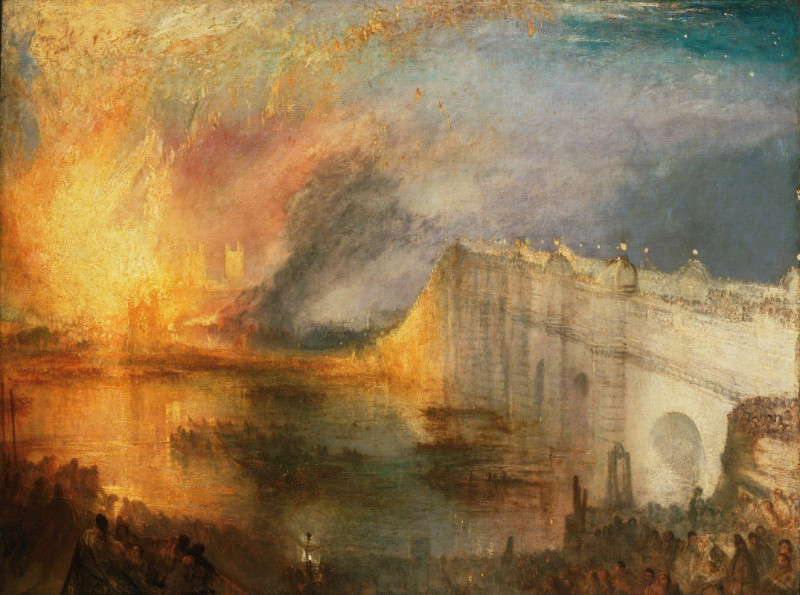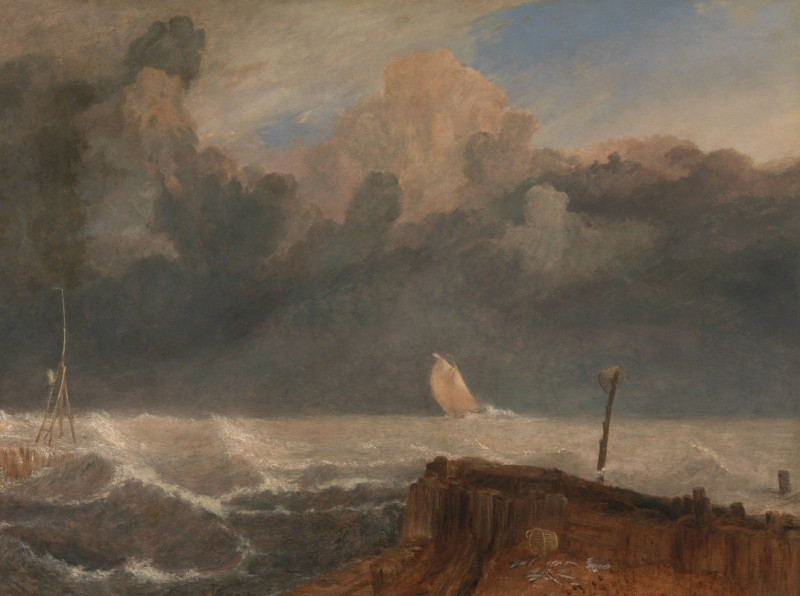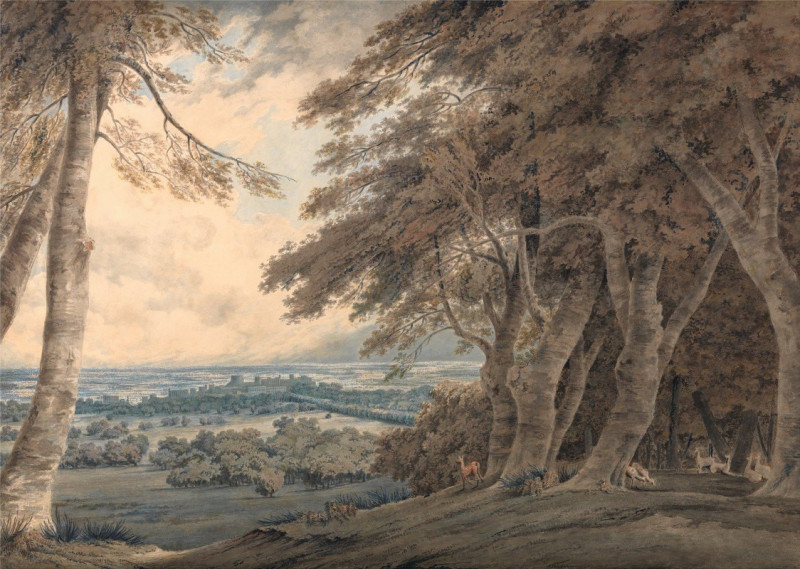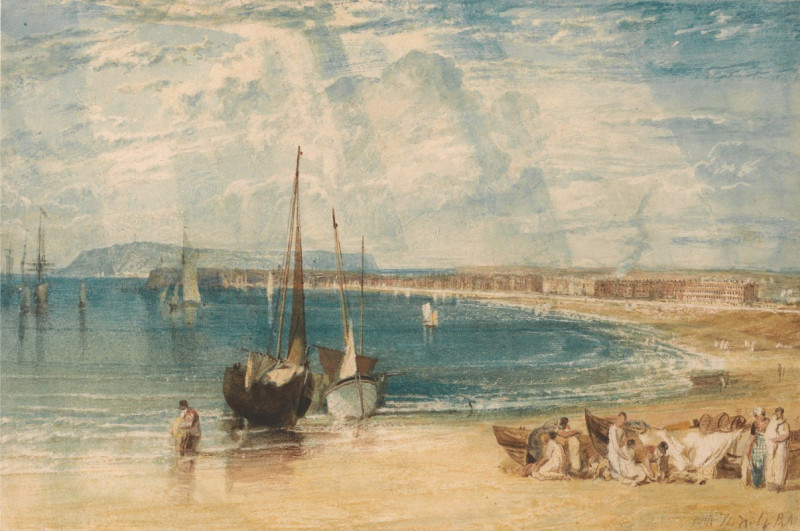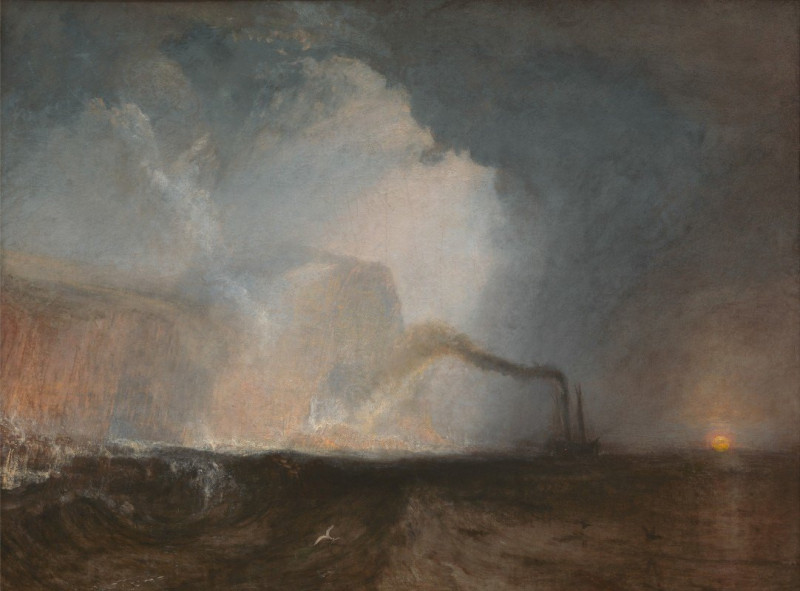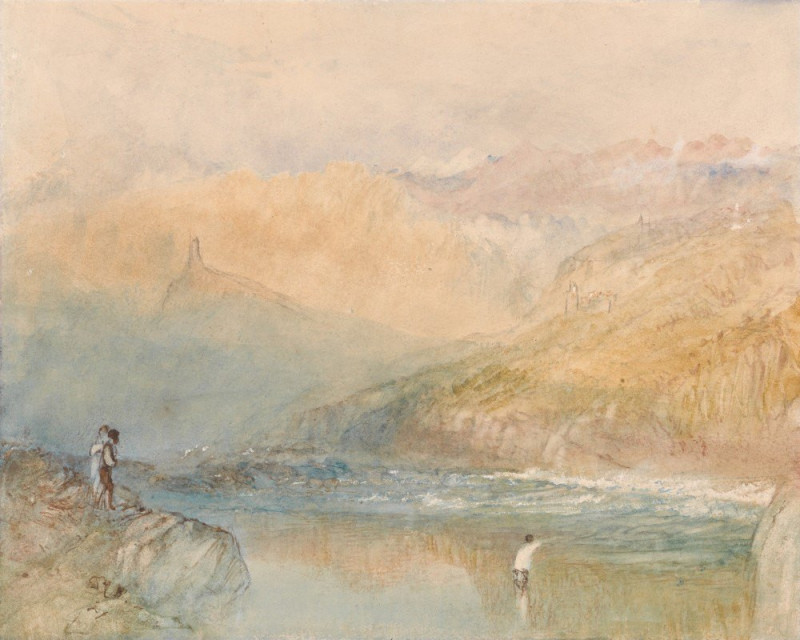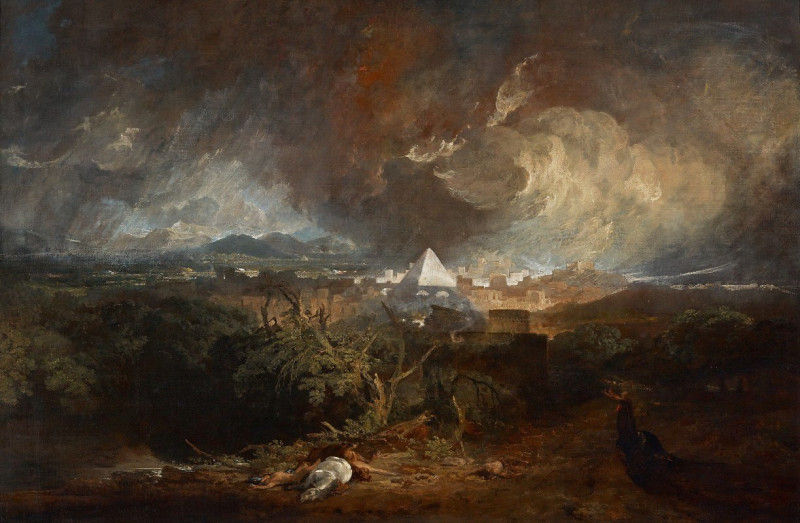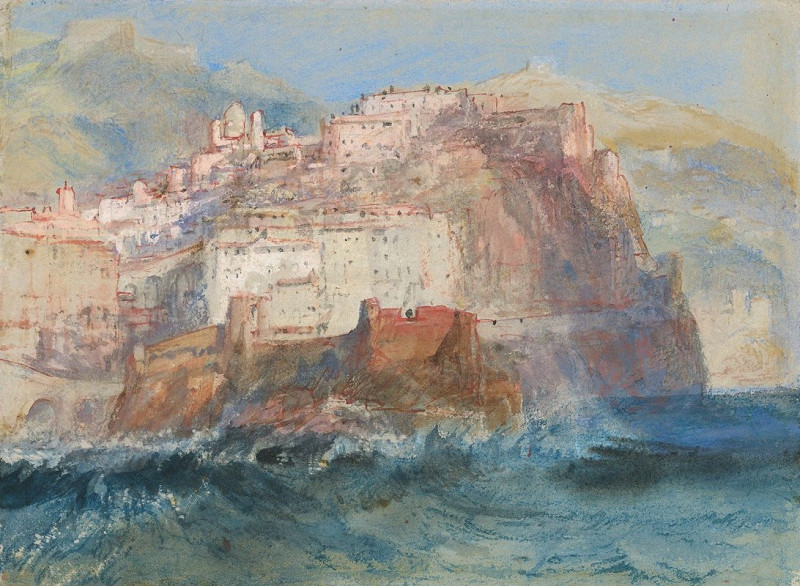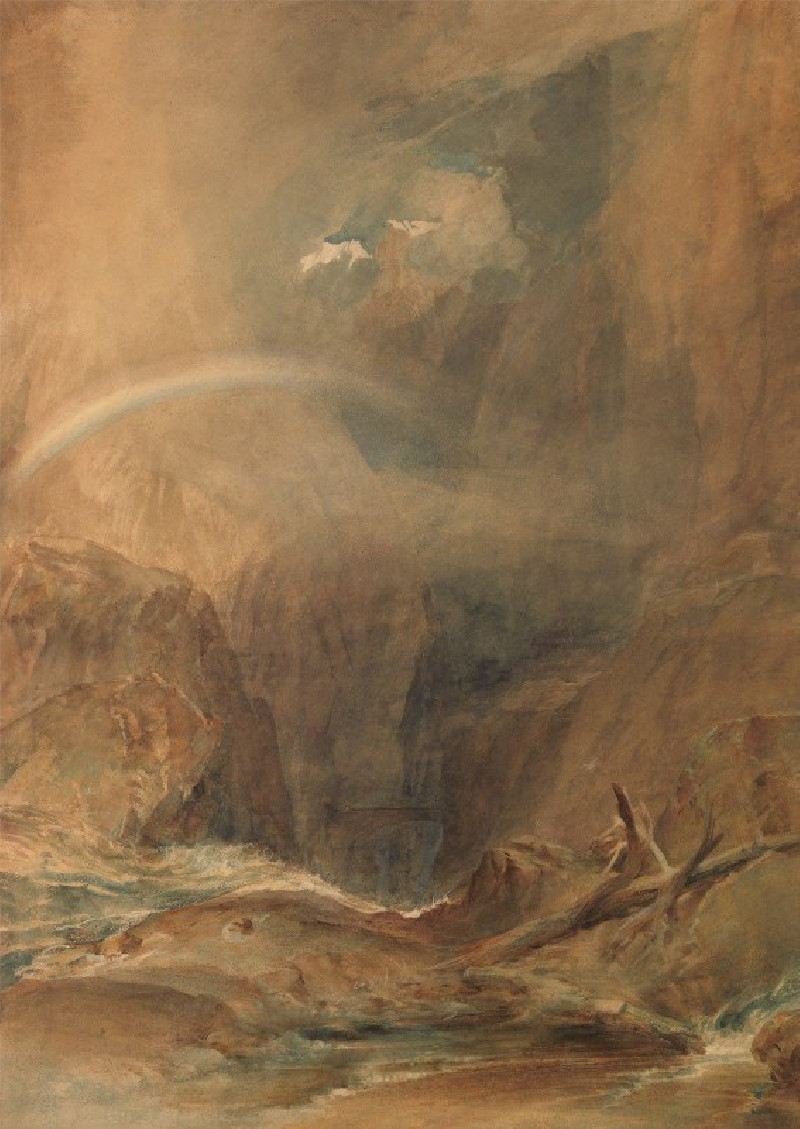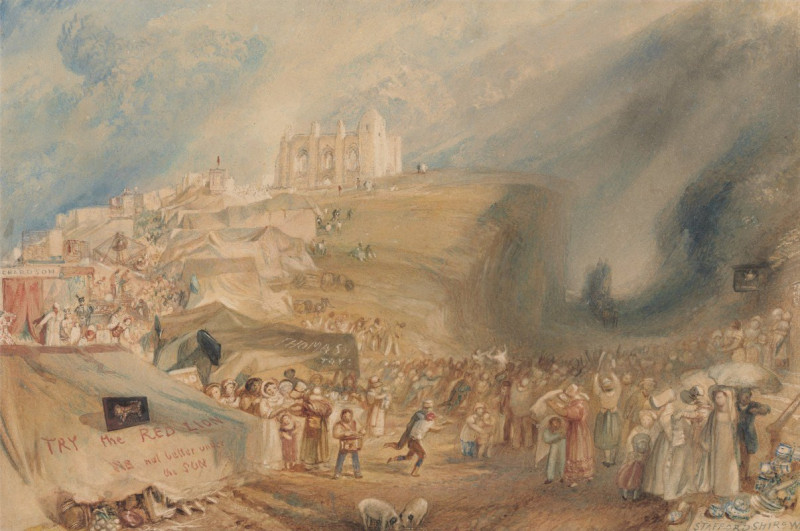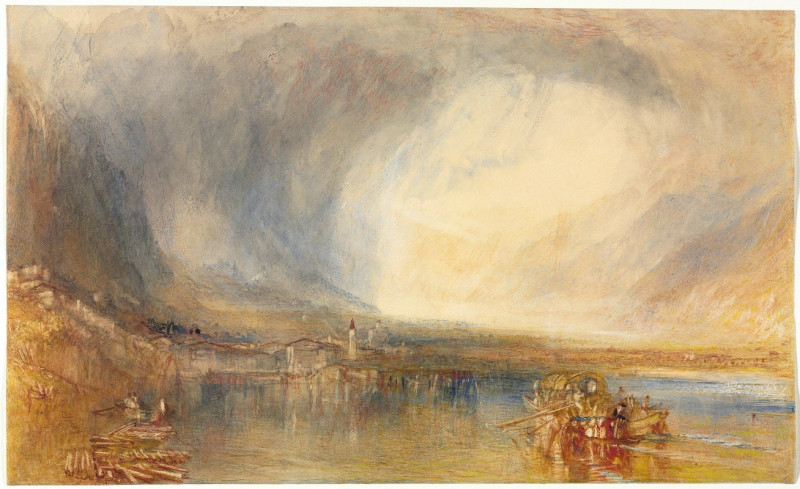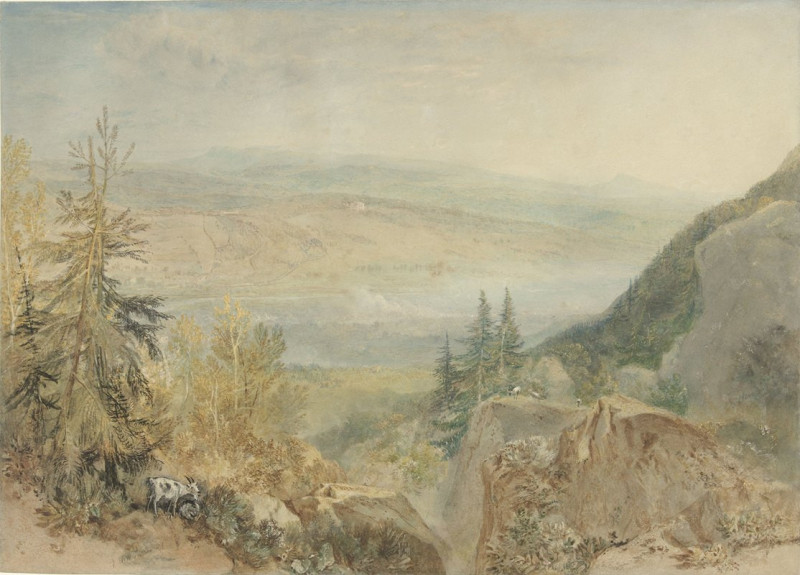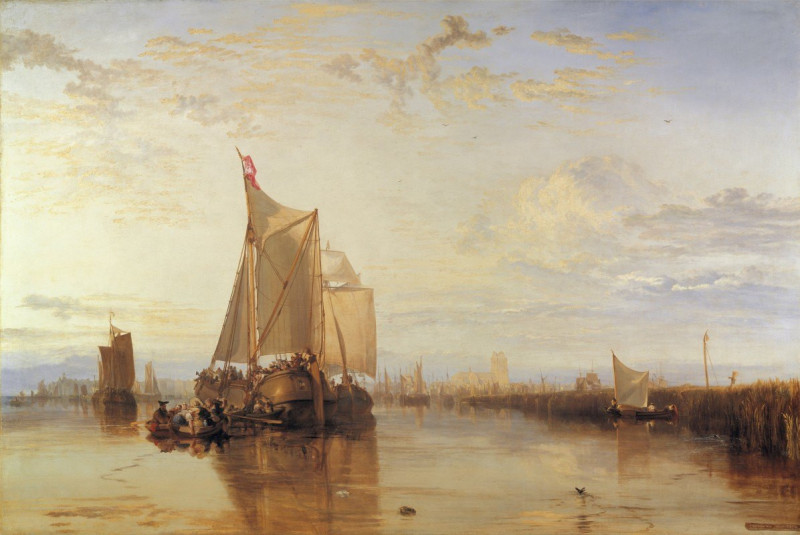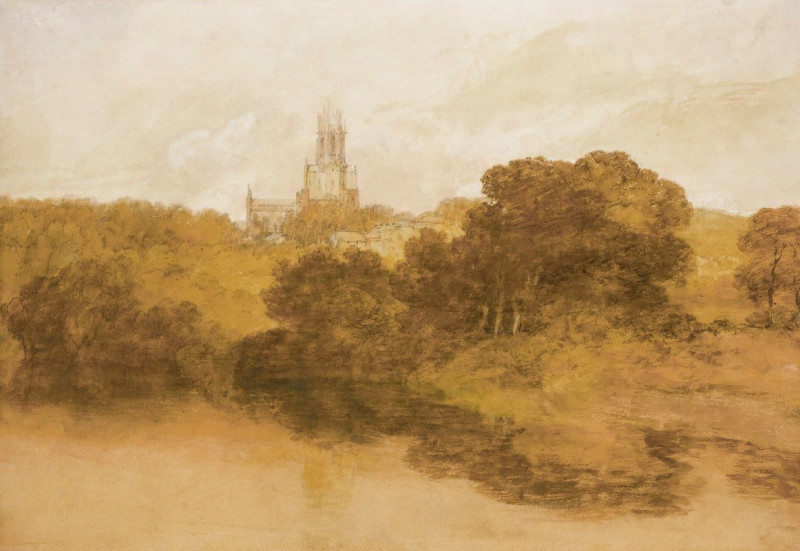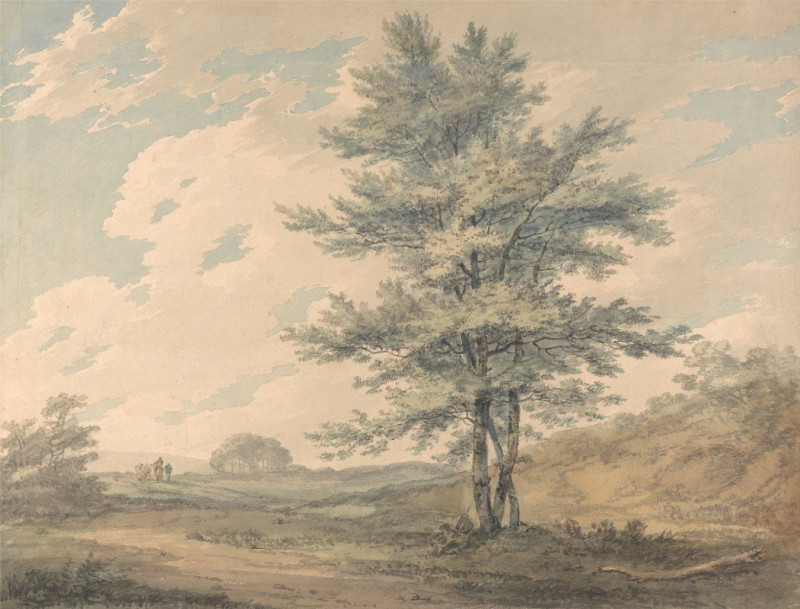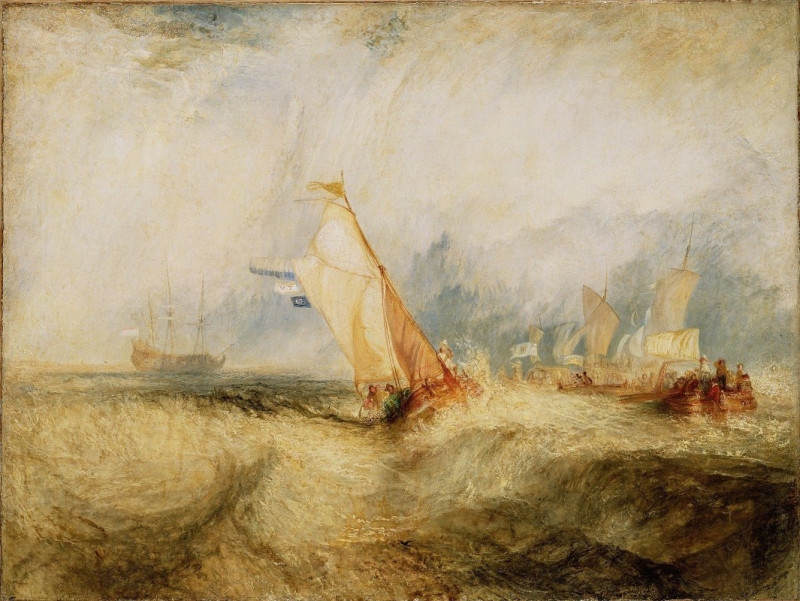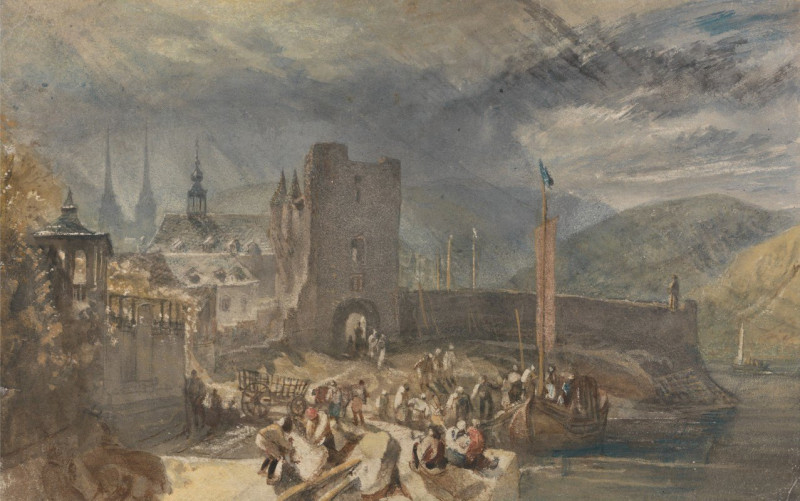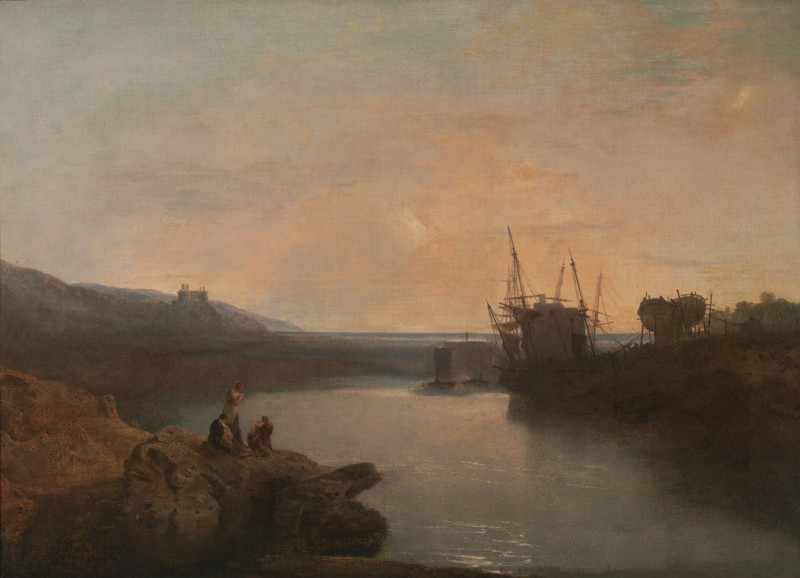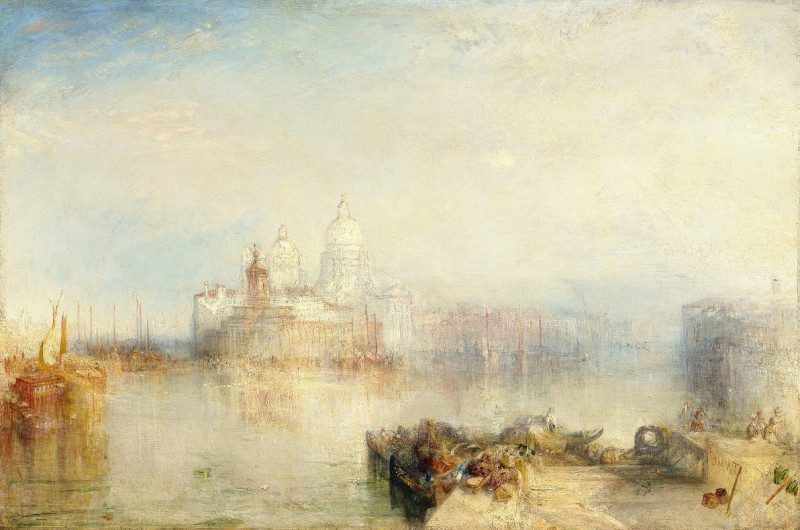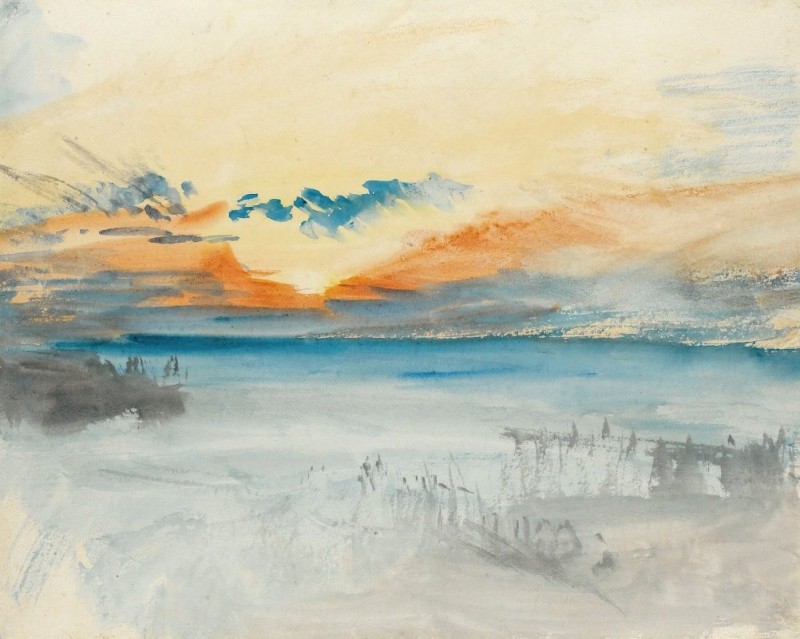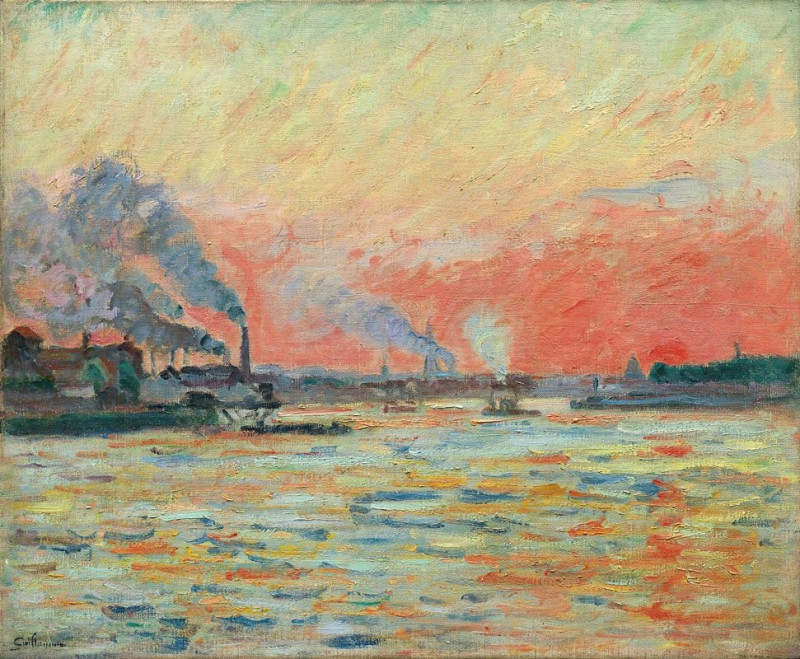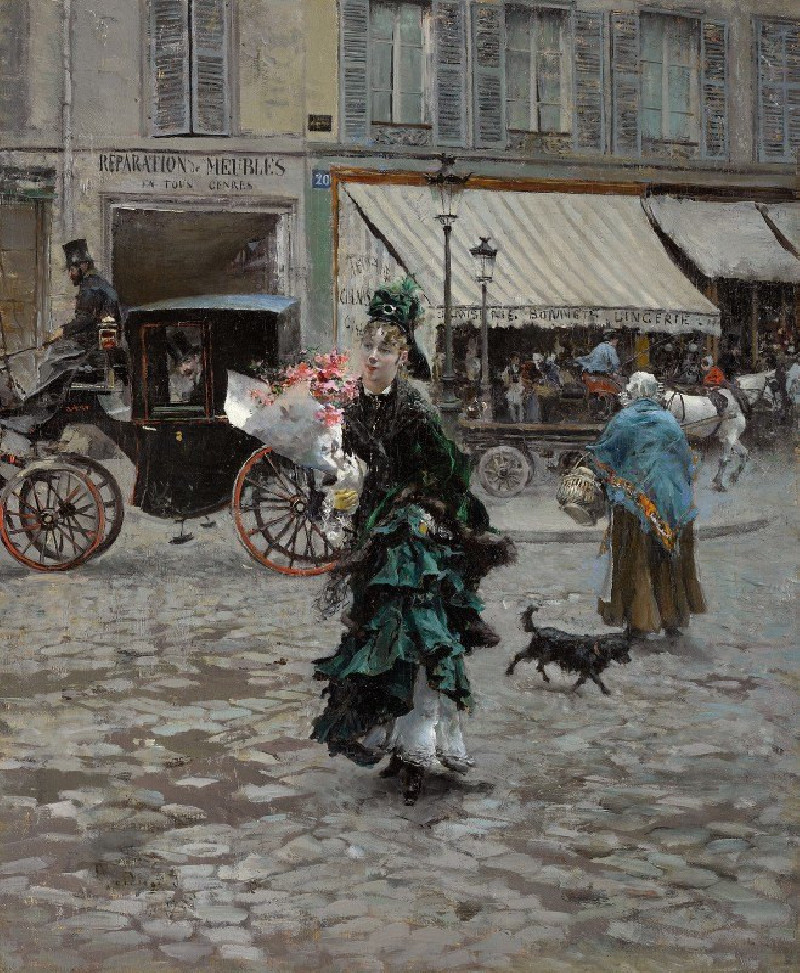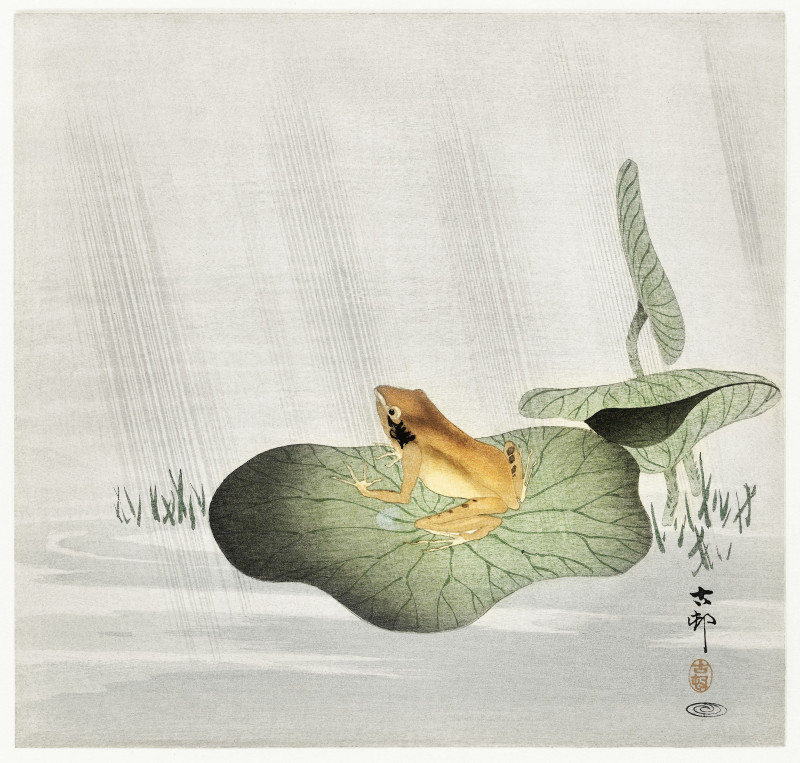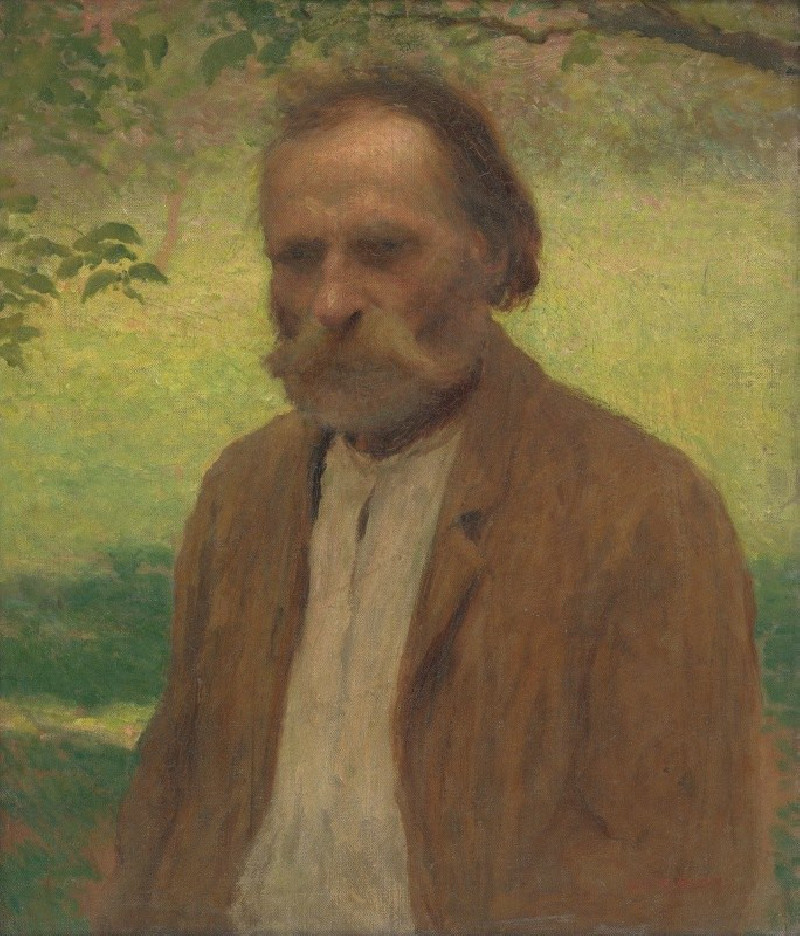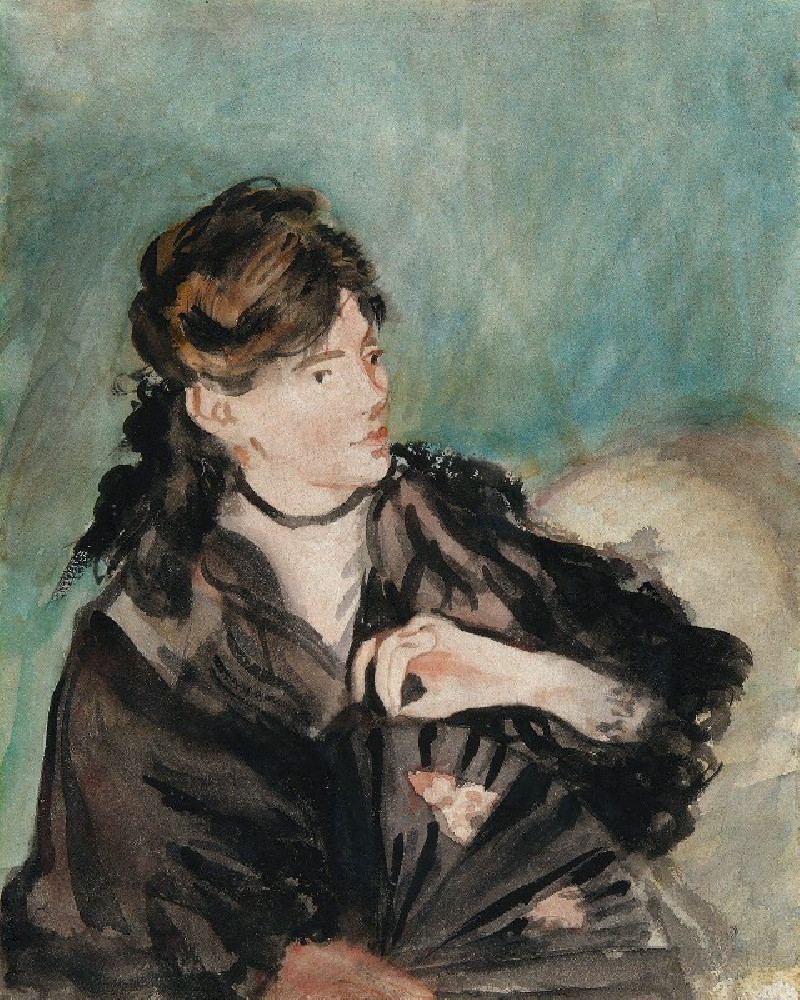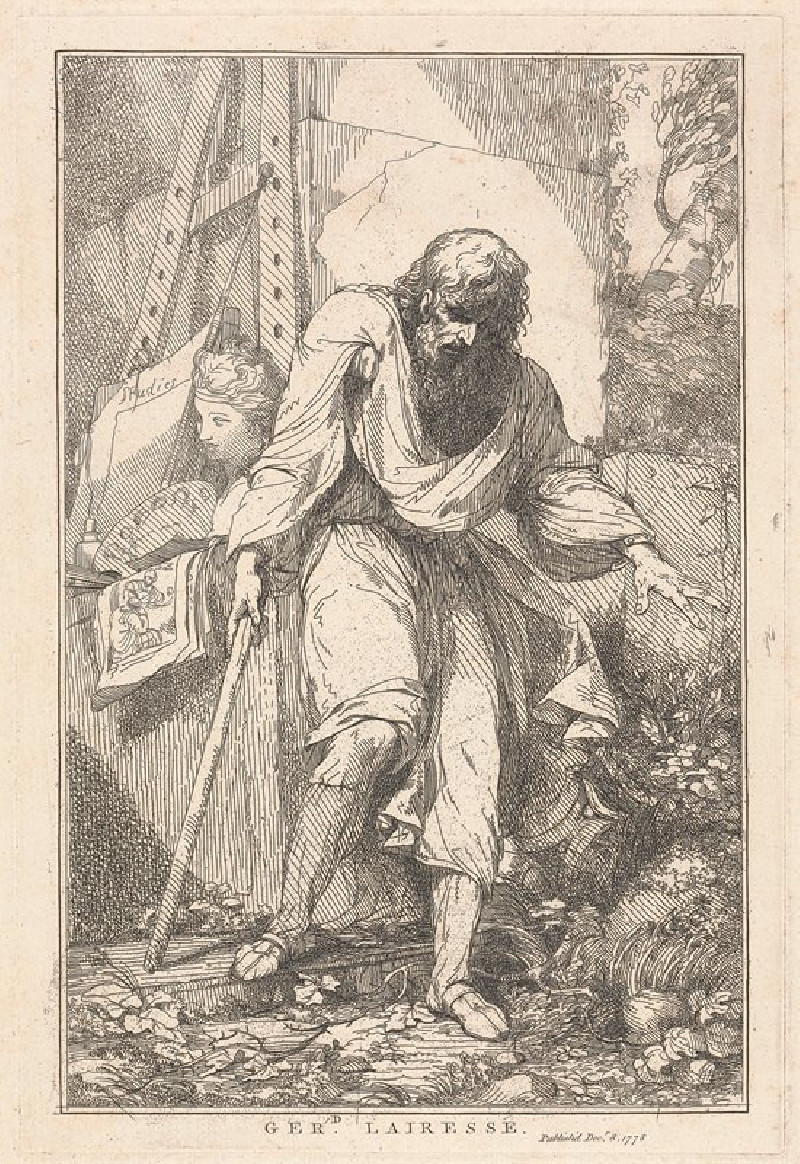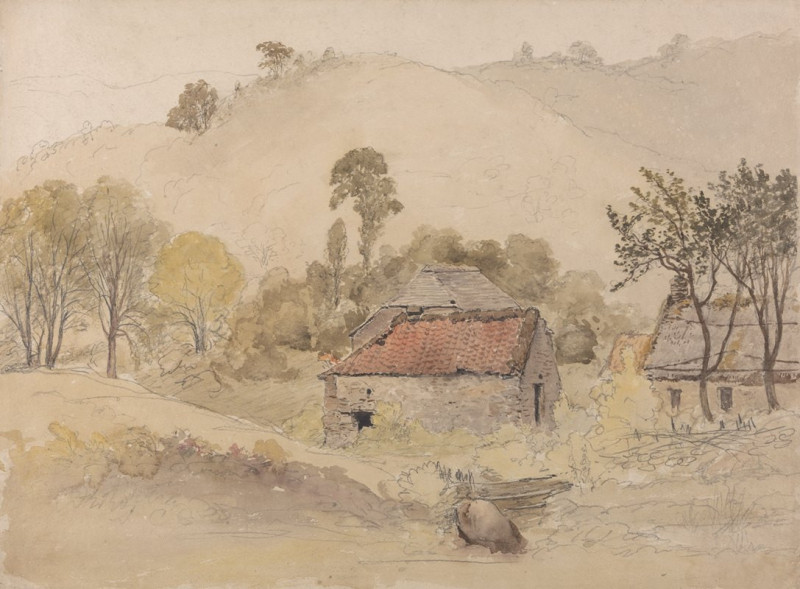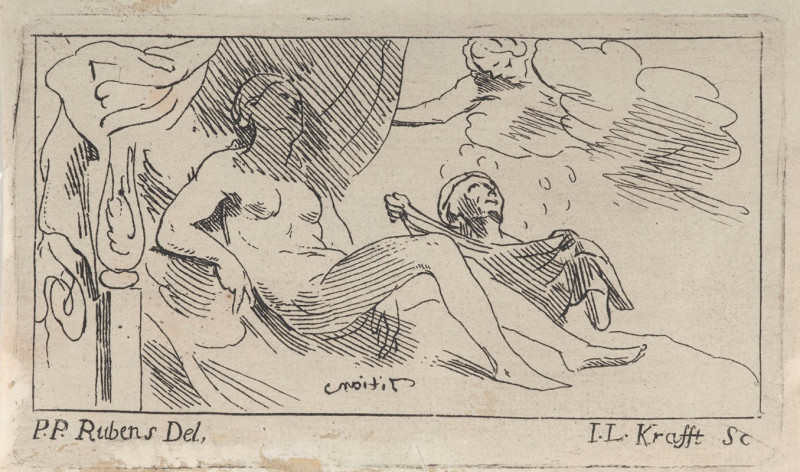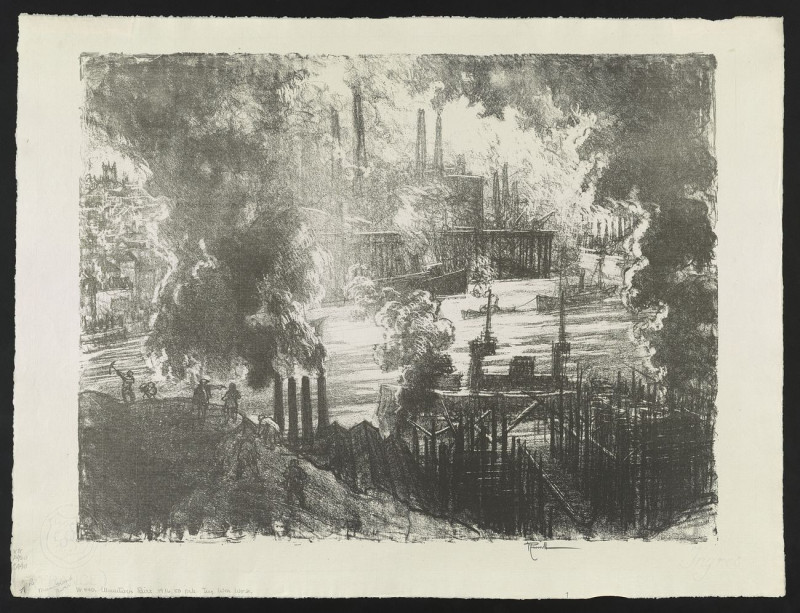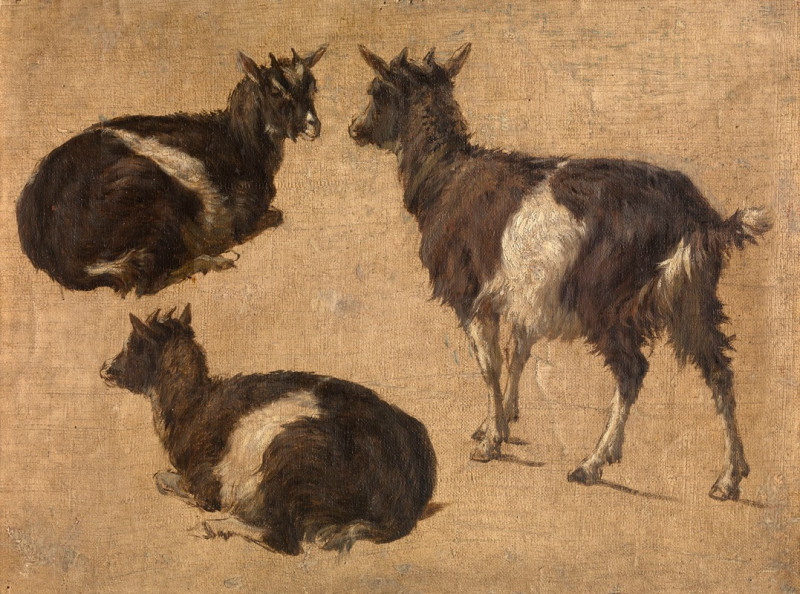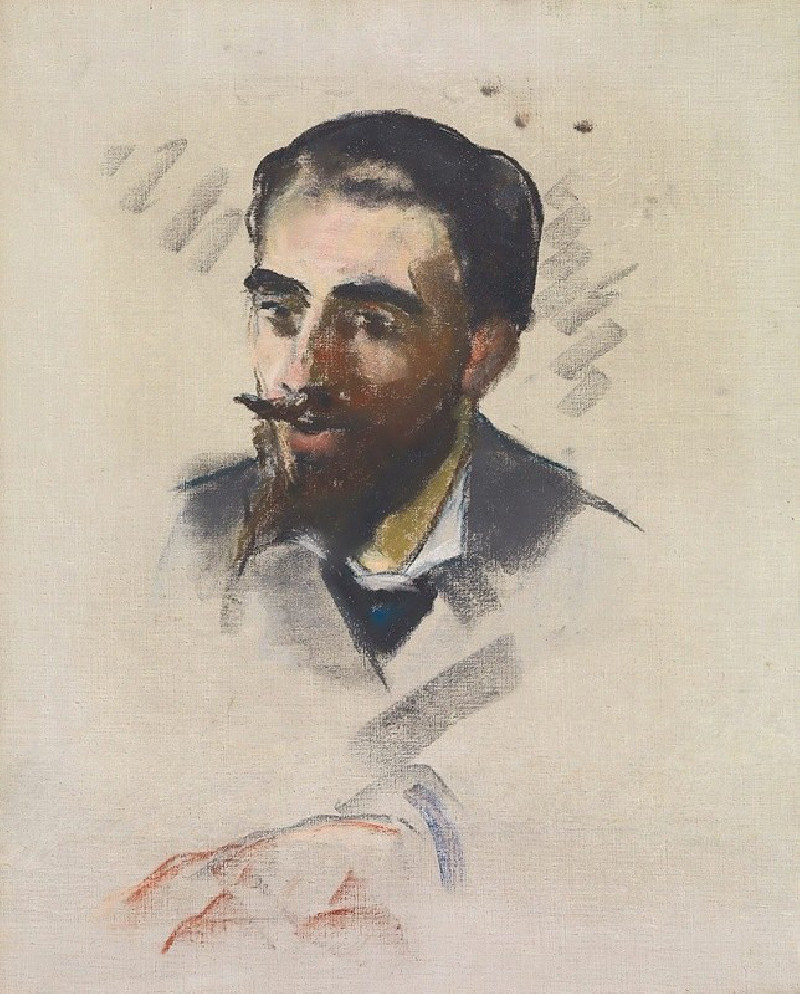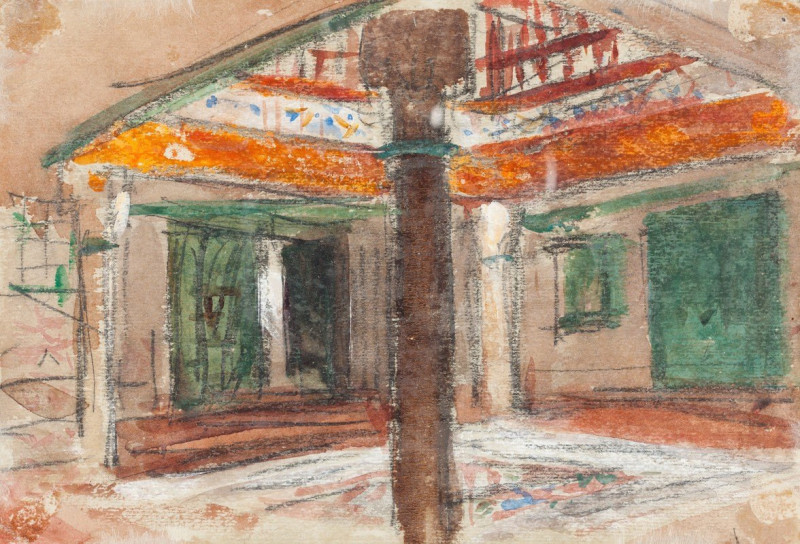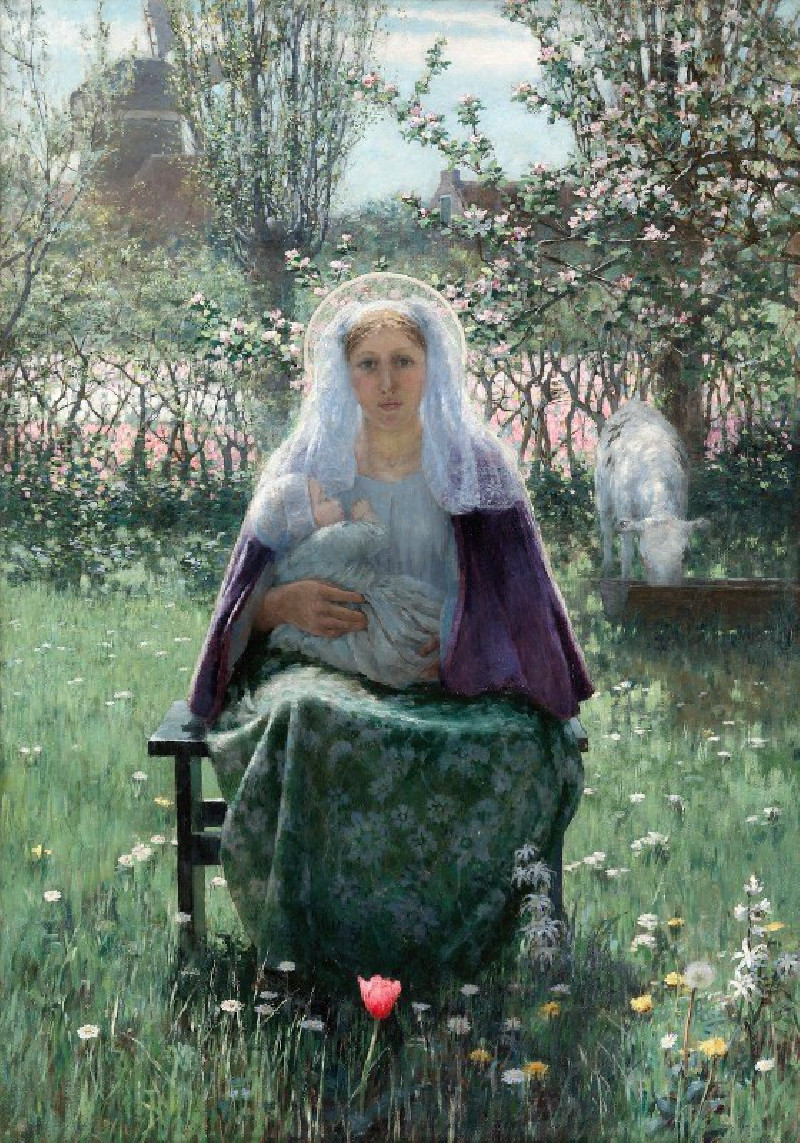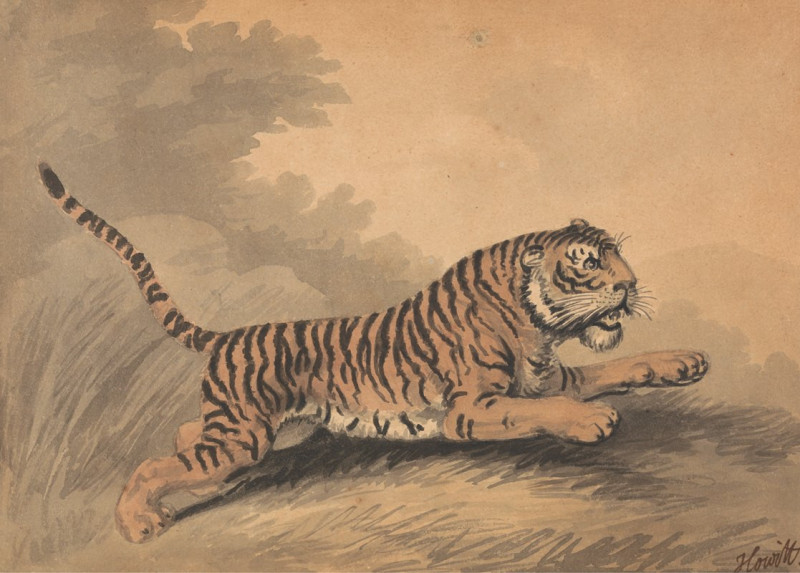The Burning of the Houses of Lords and Commons, October 16, 1834
Technique: Giclée quality print
Recommended by our customers
More about this artwork
The painting "The Burning of the Houses of Lords and Commons, October 16, 1834" is a stirring representation by the renowned English artist Joseph Mallord William Turner. This artwork masterfully captures the catastrophic fire that engulfed the British Parliament buildings.In Turner's depiction, the voracious flames consume the iconic structures, lighting the scene with a fierce, golden glow that reflects off the River Thames. Swirls of intense, fiery colors dominate the painting, creating a sense of dramatic urgency. Against the backdrop of a dark, ominous sky, the fire's brightness stands out, emphasizing the destructive power at play.Turner also includes small, ghostly figures of onlookers gathered near the riverbanks and in boats, reinforcing the human scale and impact of this historic event. These spectators are portrayed in somber tones, a stark contrast to the blaze’s vivid hues, and they appear engulfed in the event's drama, reflecting various reactions to the unfolding disaster.Known for his ability to convey brilliant light and atmospheric effects, Turner here utilizes these skills to present not just a visual recount of the event, but a profound emotional experience. The work is as much about the power of nature and human response as it is about the event itself.Overall, "The Burning of the Houses of Lords and Commons" is celebrated for its vivid portrayal of light and atmosphere, standing as a testament to Turner’s genius in translating epic historical scenes into evocative sensory experiences.
Delivery
Returns
Joseph Mallord William Turner RA, known in his time as William Turner, was an English Romantic painter, printmaker and watercolourist. He is known for his expressive colourisations, imaginative landscapes and turbulent, often violent marine paintings. He left behind more than 550 oil paintings, 2,000 watercolours, and 30,000 works on paper. He was championed by the leading English art critic John Ruskin from 1840, and is today regarded as having elevated landscape painting to an eminence rivalling history painting.

